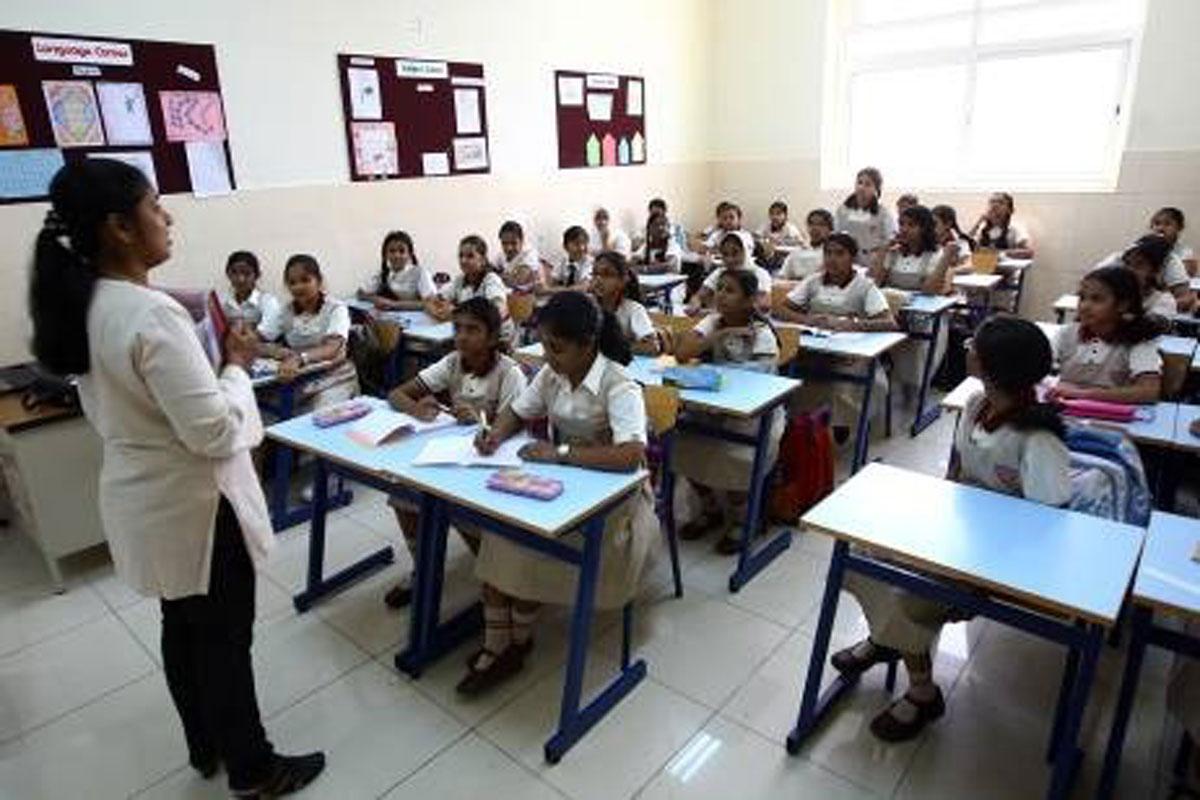Africa-Press – Mauritius. End-of-year secondary school intake process, procedures and potential challenges will constitute the first real test of the NYS pudding
The third and final term of primary school pupils has begun and we have to wish children, parents and educators a smooth passageway and transition to the first step of secondary education constituted by Grade 7, the name-substituted Form 1.
Countless numbers of parents will be on edge as the children progress through the final learning and revisions, the modular assessment schedules of Primary School Achievement Certificate (PSAC), and the results proclamation which will have a bearing on their future growth and adolescent development years.
Several features of the Nine-Year Schooling reform will come into play at this end-of-year juncture and we have no doubt that all education establishments, the Mauritius Institute of Education (MIE) and the Mauritius Examination Syndicate (MES) will be eagerly poised at the bedsides to ensure this first exercise does indeed bear the expected fruits embodied in the Reform proposals.
Let us recap what key changes those reforms are meant to bring at this stage: Such an A+ grade, as was previously operative, would have facilitated the selection and admission to secondary schools.
With the new system, it is feared that the MES may need to have recourse to actual marks to differentiate close candidates and justify their regional college assignations to parents.
End-of-year secondary school intake process, procedures and potential challenges will no doubt constitute the first real test of the NYS pudding and we hope neither parents nor children are put through unnecessary stress.
While this is in itself a questionable outcome of NYS, the plainer truth for many rectors and professionals, is that competition at a national level will all too predictably operate for access to the best local or regional secondary institution, breeding another layer of substitute “star” colleges to the national ones.
Even with staggered modular examinations or lower grade markings, neither the pervasive private tuition industry, nor potential residential address trafficking, nor heated and fractious challenges of college assignations, nor all the ills associated with early competitive pressures will have subsided.
“Echec”
and “décrochage scolaire” have obviously numerous correlates (family backgrounds, personal and psychological problems, motivational factors, unsupportive environments, the school and curricular straitjacket…) and we are not confident that the Education Ministry has ever thought fit to commission an independent scientific transverse or longitudinal study of the phenomenon.
What is acutely disappointing is that the NYS Reform has as yet perhaps not formulated its policies to tackle the phenomenon. Automatic promotion and allowing pupils who would have failed CPE onto Grade 7, to face the greater recesses of a far broader range of subjects, when they can barely read, write or count is obviously far off the mark.
Even with an extra year and some more coaching, it may be postponing the failure stigmata a further three years, without addressing the core issues. It is feared that the shorter, more adapted skill and competency oriented education pathways, will become options for the drop-outs.
Do we need reminding ourselves that even if only 5000 pupils each year fail through our education system and fail to be enrolled by whatever safety nets in operation, we are left after fifty years of independence with a full quarter of the total population at risk of having meandered into the worst social ills.
It is perhaps not surprising that today’s society seems clearly to be facing a glaring state of malignant criminality and delinquency of multiple origins.
But education reform could have charted meaningful pathways that cater for the greater numbers while offering opportunities to reach beyond the comfort zone for those better endowed or better suited to traditional education.
The importance and urgency of the situation will hopefully seep through to the Education establishment. If it calls for an in-depth review of our “import and adapt” education system that, as in many former UK colonies, has been handed to us, we have the resources and inherent abilities to do so.
NYS is as yet a tweaking of an unadapted, unfunctional heritage. The proposal to convert seven-year star colleges into four-year Academies catering for a restricted elite who will be selected at yet another fiercely competitive examination at Grade 10, symbolises the culmination of a flawed approach.
We recoil from the perspectives of all those secondary colleges who are supposed to yield their better students to Academies while they struggle with the “left-overs”.
The proposal has quite legitimately flummoxed the private and confessional college administrations who have declined to either make their pupils sit for National Form III examinations or to create Academies of their own. Responsible for more than 50% of student intakes, boasting of a long tradition of involvement in education, their views have been ignored.
As anxious parents grasp that extra hurdles, extra competition, extra stress, and extra examinations will therefore be the fate devoted to public secondary schools only, they are stampeding towards the private and confessional colleges.
This may be an unintended fruit of the NYS reform, but the writings have been on the wall ever since its inception. We nevertheless wish to extend to all pupils, parents and educators a relatively smooth, unharried and fruitful third term!
For More News And Analysis About Mauritius Follow Africa-Press







